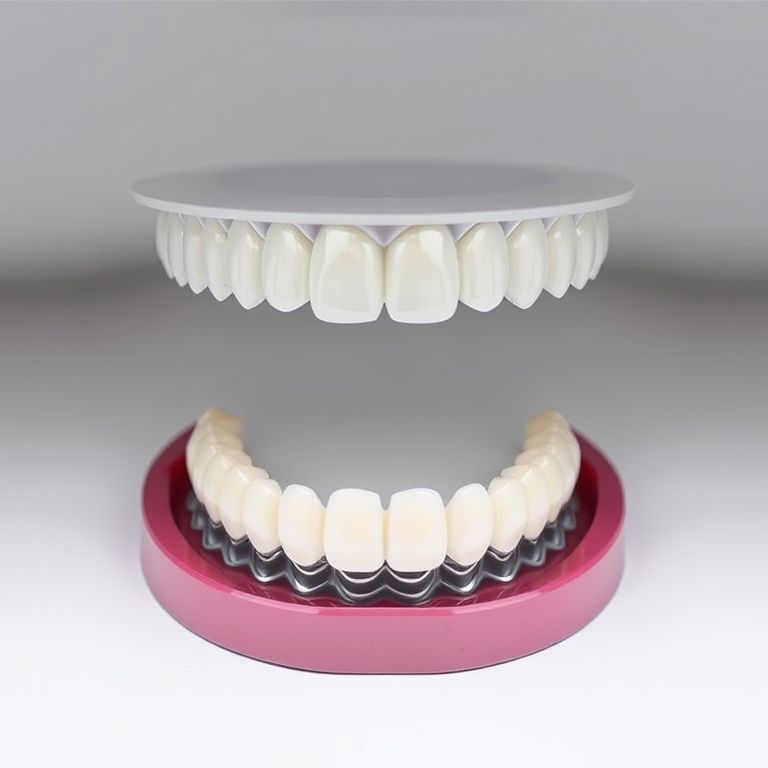The Complete Guide to the Cost of Braces After Insurance
A beautiful, straight smile can boost confidence and improve oral health, but the cost of braces can be a major concern for many. If you’re considering orthodontic treatment, you’re likely wondering: How much do braces cost after insurance?
The price of braces varies widely—depending on the type of braces, your location, and your insurance coverage. While traditional metal braces may cost between $3,000 and $7,000, clear aligners like Invisalign can range from $4,000 to $8,000. Fortunately, dental insurance can significantly reduce these expenses, but understanding your coverage is key.
In this comprehensive guide, we’ll break down:
-
The average cost of braces with and without insurance
-
How different insurance plans cover orthodontics
-
Ways to reduce out-of-pocket expenses
-
Alternative payment options if insurance doesn’t cover enough
By the end, you’ll have a clear understanding of what to expect financially and how to make braces more affordable.

How Much Do Braces Cost Without Insurance?
Before diving into insurance coverage, it’s important to understand the baseline costs of braces. The total expense depends on several factors, including:
-
Type of braces (metal, ceramic, lingual, or clear aligners)
-
Treatment duration (typically 18–36 months)
-
Orthodontist’s experience and location
-
Complexity of the case (minor adjustments vs. severe misalignment)
Average Cost of Braces by Type (Without Insurance)
| Type of Braces | Average Cost Range | Best For |
|---|---|---|
| Traditional Metal Braces | $3,000 – $7,000 | Most affordable option |
| Ceramic Braces | $4,000 – $8,000 | Less noticeable than metal |
| Lingual Braces | $8,000 – $10,000 | Hidden behind teeth |
| Invisalign/Clear Aligners | $4,000 – $8,000 | Nearly invisible, removable |
Note: Prices vary by region and provider.
Without insurance, many patients struggle to afford braces upfront. However, most orthodontists offer payment plans to ease the financial burden.
How Dental Insurance Affects Braces Cost
Dental insurance can reduce the cost of braces, but coverage varies. Here’s what you need to know:
1. Orthodontic Coverage Limits
Most dental insurance plans have:
-
A lifetime maximum for orthodontics (typically $1,000–$3,000)
-
An age limit (often covering patients under 18, though some extend to adults)
-
A waiting period (some plans require 6–12 months before covering braces)
2. Types of Insurance That Cover Braces
-
Employer-Sponsored Dental Plans – Often include orthodontic benefits
-
Medicaid/CHIP – Covers braces for children if deemed medically necessary
-
Standalone Orthodontic Insurance – Rare but available for additional coverage
3. How Much Will Insurance Pay?
If your plan covers 50% of orthodontic treatment up to $2,000, and your braces cost $5,000, here’s the math:
-
Insurance pays: $2,000 (maximum benefit)
-
You pay: $3,000 out of pocket
Always check your policy details before starting treatment.
How Much Do Braces Cost After Insurance?
After insurance, braces can cost anywhere from $1,500 to $6,000, depending on:
-
Your insurance plan’s coverage percentage
-
The type of braces you choose
-
Whether you’ve met your deductible
Example Cost Breakdown:
| Expense | Amount |
|---|---|
| Total Braces Cost | $6,000 |
| Insurance Covers (50%, max $2,500) | $2,500 |
| Patient Pays | $3,500 |
Tip: Ask your orthodontist for a pre-treatment cost estimate.
Factors That Influence the Cost of Braces
Several factors affect how much you’ll pay after insurance:
-
Age of the Patient – Children often get better coverage than adults.
-
Severity of Misalignment – Complex cases cost more.
-
Geographic Location – Urban areas may have higher prices.
-
Orthodontist’s Reputation – Experienced providers may charge more.
-
Insurance Network – In-network providers offer better rates.
How to Maximize Your Insurance Benefits
To get the most out of your insurance:
✔ Verify coverage before starting treatment.
✔ Choose an in-network orthodontist for lower rates.
✔ Use a Flexible Spending Account (FSA) or Health Savings Account (HSA) for tax-free savings.
✔ Ask about discounts for upfront payments.
Payment Plans and Financing Options
If insurance doesn’t cover enough, consider:
-
Monthly payment plans (often interest-free)
-
CareCredit or other medical financing
-
Discount dental plans (like Cigna Dental Savings)
FAQs About Braces and Insurance
1. Does Medicaid Cover Braces?
Yes, but only for children with severe orthodontic issues.
2. Can I Get Braces Covered as an Adult?
Some plans offer limited adult coverage, but it’s rare.
3. Are Clear Aligners More Expensive Than Braces?
Often yes, but some insurance plans cover them similarly.
4. What If My Insurance Doesn’t Cover Enough?
Look into payment plans, discounts, or alternative financing.
Conclusion
The cost of braces after insurance depends on your plan, the type of braces, and your provider. While insurance can reduce expenses by $1,000–$3,000, you may still pay $1,500–$6,000 out of pocket. To save money, compare insurance policies, choose in-network providers, and explore payment plans.


